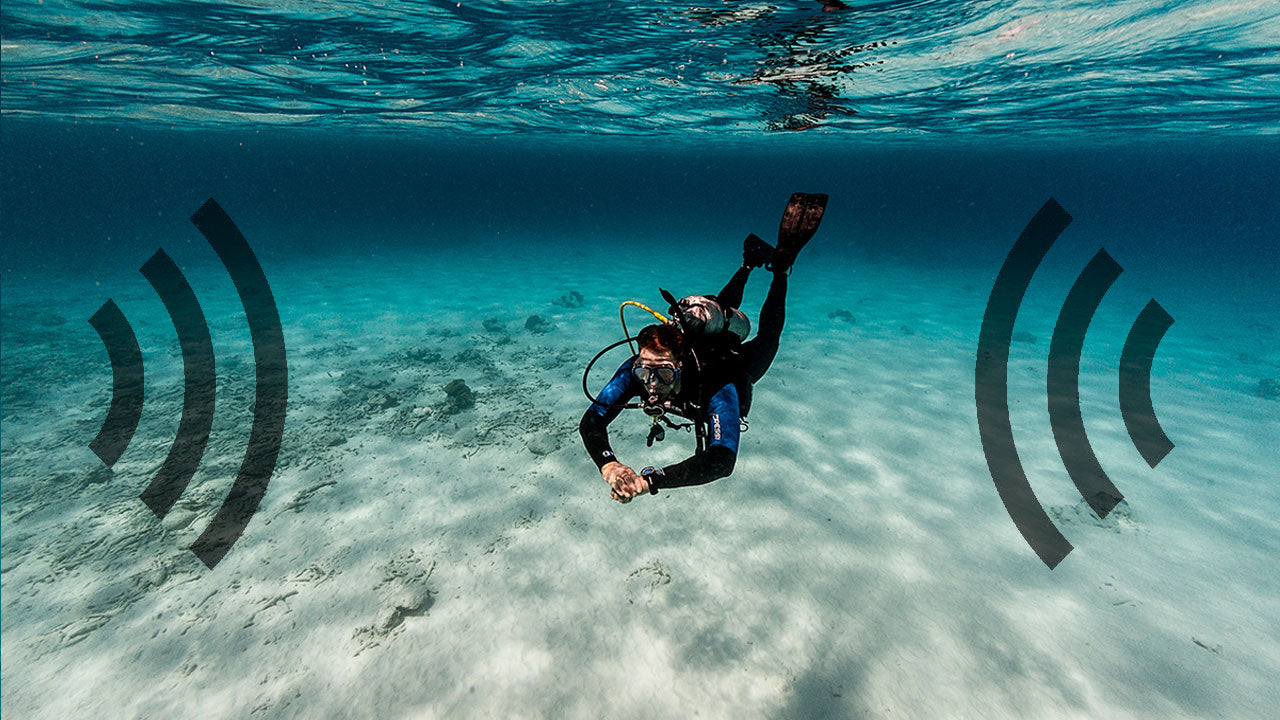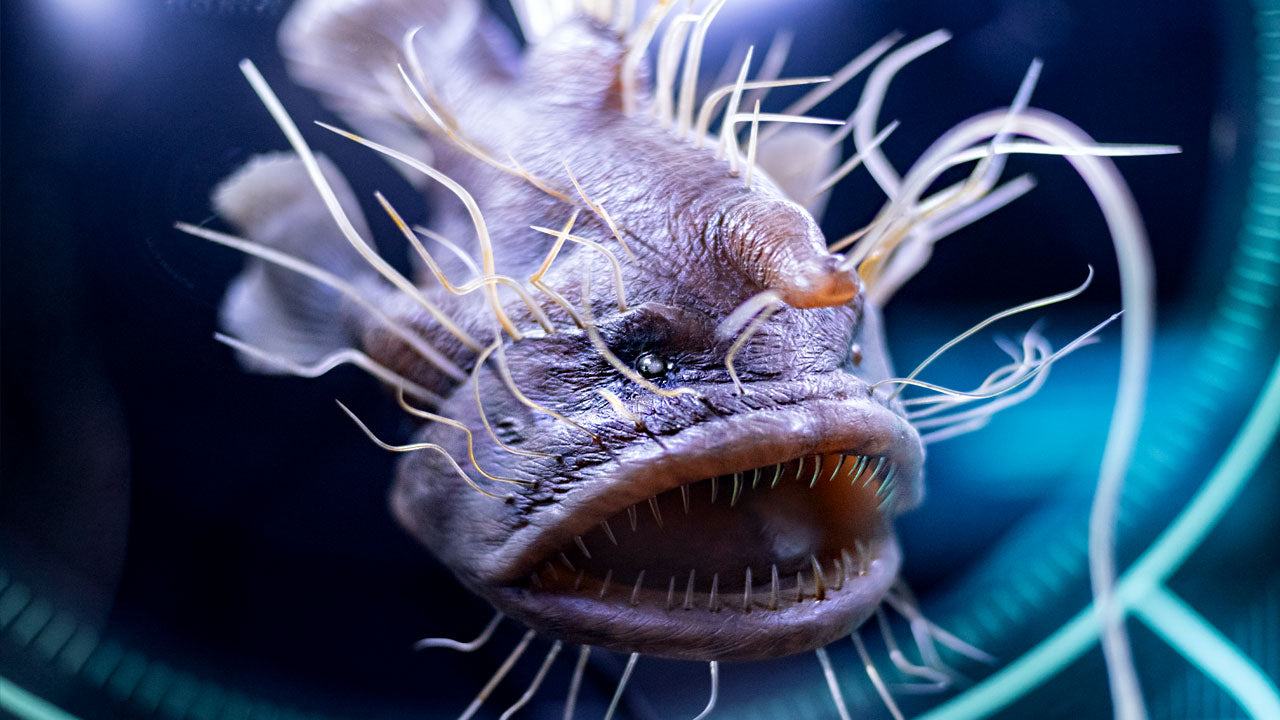Why Are Reef Fish Colorful

Every year, thousands of divers and snorkelers travel great distances to enjoy the extravagant beauty of the coral reefs. Indeed, the stunning tones and intricate patterns of its inhabitants are fascinating. But have you ever wondered why reef fish are so colorful? As it turns out, this question is more complex than one might think.
The exact role of color and appearance of reef fish still puzzles marine scientists. In order to come closer to unveiling this mystery, the researchers have decided to answer a different question first - what exactly do the fish see, what are their visual capabilities? After all, while these creatures may look pretty to us, we’re not, as they say, the intended audience. The color patterns exhibited by reef inhabitants evolved to aid their survival in the habitat where they live. Therefore, it is important to understand under what circumstances, and to what other creatures, fish show off their color patterns.
What do fish see?
Since the construction of fish eyes can be completely different from human eyes and oftentimes even from that of the different fish species, it’s something of a guess to figure out how they perceive their neighbors on the reef or even their own color. Fish sight develops by and large in response to habitat, lifestyle, light conditions, and the food they eat. The depth where the particular species of fish live plays a very important role as well. Since the water is a natural filter of light, the deeper you go, the more colors are absorbed. For instance, most of the red light is absorbed within 20 meters below the surface of the water, which makes a bright-red fish appear black at depth. In most cases, the dwellers of deep waters do not perceive red color at all, as their eye construction is tuned to less light.
There are also fish that are quite colorful, yet may not be able to perceive their own colors. This makes scientists think that this particular species developed its coloration solely based on the demands of the environments.
Another example that shows the differences in the visual capabilities of different species of fish is that big predators, like most mammals, are predominantly colorblind since they are active in low-light conditions, whereas small predatory and herbivorous fish have a better distinction of colors. They can perceive red, green, and blue, as people do. Additionally, some species possess four or more color receptors, which enables them to see way beyond the spectrum that humans perceive, almost reaching ultraviolet and infrared in some cases. A rough estimation states that almost half of all fish can detect ultraviolet, and around 30 to 40 percent can perceive it as a separate color.
It is also worth mentioning that those species of fish that live in different habitats during various stages of their lifetime attune their visual systems in accordance with the challenges of each new setting. This ability to adapt to new conditions so accurately helps fish to maximize the amount of visual information they can get from the surroundings.

What color are they?
Earlier we have mentioned that the construction of fish eyes differs from that of our own. Given this fact, we can assume that fish see the world around as well as their marine counterparts in a completely different light. So what are all these colors to a fishlike eye? It is a crucial point to tackle before trying to speculate about the reasons behind their coloring.
George Losey, a former professor in the zoology department at the University of Hawaii at Manoa and associate director of the Hawaii Institute of Marine Biology, found that different species see “the same” color differently. Something may appear brightly colored to one species, whereas another would perceive it as something dimmer. Also, distance can greatly affect the sharpness of contrasts. Hence, some fish that look pied within close proximity, have all the colors blended together when observed from a distance. This helps to blend in with the background and serves as a disguise. Therefore, what we deem to be a coloring of a particular fish, may not be what it really is in another fish’s eyes.
Besides, UV light can change the whole picture completely and create the combinations of colors that we never thought existed. Losey discovered that some fish that are capable of seeing UV can emanate flashes of colors that only other UV perceiving fish can detect. This is a specific instrument of communication, which can be used to give a warning about a predator lurking nearby.
On top of that, most of the reef fish can change their color to some extent, which makes the whole matter even more complicated. In some cases, these changes of color take longer periods, e.g. during maturation. Other fish, however, change their color throughout the cycles of day and night or even within a few seconds. There are cases when the color of a fish depends on its emotions - e.g. when it is angry or scared.

Why are they so colorful and pretty, though?
So, are we any closer to grasping the real reasons behind the marvelous colors of reef fish? For one thing, it may all be a sheer coincidence that these colorings appear pretty to us since the concept of beauty is primarily a human’s subjective perception. Except for attracting potential mates, it does not have much to do with looking nice. Anyhow, there are a couple of theories that try to explain this phenomenon of intricate coloration.
The first one was developed by Alfred Russel Wallace, a British naturalist, explorer, geographer, anthropologist, and biologist in the 19th century. It supposes that fish coloration depends mainly on habitat. Everything is colorful down on the reef. Thus, the main function of colors is visual protection from predators. As an example, we can take two different habitats: Caribbean and West Coast reefs. The first one is known to have crystal clear water and colorful coral reefs, whereas the latter one has muddier water and does not have corals. Consequently, the reef fish in the Caribbean use bright colors to communicate information, while their closest relatives in the Eastern Pacific are darker with dimmer colors.
In the mid-20th century, a biologist Konrad Lorenz presented another theory suggesting complex colors to be an instrument of individual recognition and identification in cramped reef surroundings, as there are no two identical color patterns. It may also help fish save some energy that otherwise would be spent on inter-species aggression and competition.
From what we know by now, we can conclude that colors are used mainly to convey signals and information, such as sexual display, territory, and disguises. However, these generalized explanations cannot be applied to each and every case. There are still many contradictions between the three above-mentioned survival instincts. For instance, showing off bright colors to impress a potential mate may not be the cleverest thing if a potential predator is sneaking around.
Another example of the inconsistency of the conventional theories is the Australian Great Barrier Riff that is not that colorful in itself without all its mobile inhabitants. In reality, most of the corals are dingy green or brown, and yet surrounded by brightly colored fish and other marine dwellers.
All in all, there are too many variables, i.e. eye construction, the difference in visual perception in different species, change of color, etc, to say why exactly reef fish are so colorful as they are. There is also much of what we do not know and cannot check with current technologies. At present we can only guess and theorize about this matter, which makes every immersion into the underwater realm even more fascinating and full of mystery.




